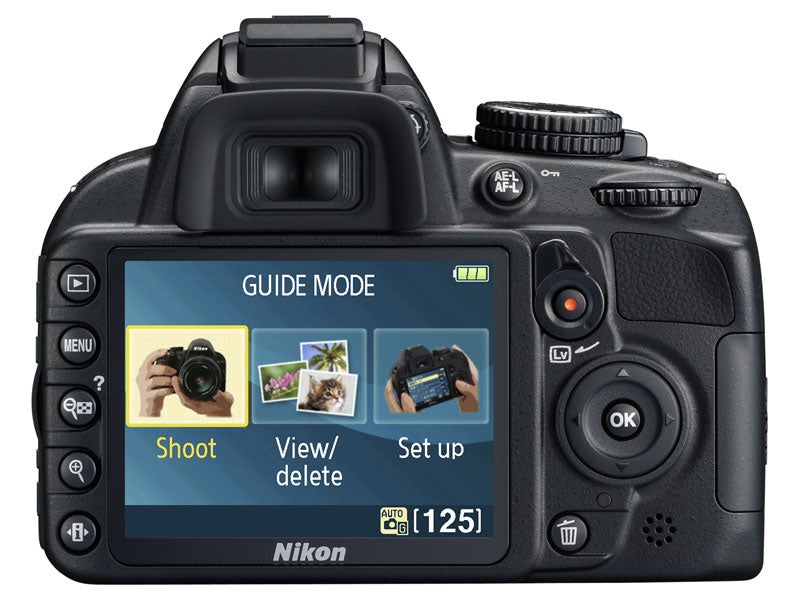Nikon D3100 Review - The Nikon D3100 looks to raise the bar for entry-level DSLRs. But just how good is it? What Digital Camera's Nikon D3100 review digs below the surface to try and find out...
Nikon D3100 Review
Design
Nikon D3100 review – Design

The Nikon D3100 is well laid out, with no unnecessary surprises cropping up during use. On the top is the main mode dial which not only includes all the manual modes but also lists several Scene modes as well as Guide and Auto.
Set around this is a quick-access switch to toggle between Single, Continuous, Self Timer and Quiet Shutter. A Display/Info button sits next to the Exposure Compensation adjustment that’s just behind the shutter release for further quick adjustment.
There’s no dial to jump between the focus types however, nor a Depth of Field preview button (or, in fact, option at all) and although the Fn (Function) button is well placed to the front left of the camera it only permits for the user-assigned adjustment of Image Quality, ISO, White Balance or Active D-Lighting. It would be preferable to have an ever-so-slightly more exhaustive menu set.

Rear View
On the rear there’s a single thumbwheel that’s integral for the quick adjusting of options, which feels well placed although moving it ever so slightly towards the viewfinder would have perhaps felt more natural.
A live view switch is to the top right of the LCD screen and there’s a one-touch movie button centred inside this (as this mode can only be used once live view is activated). Above this is an AE-L/AF-L for exposure or focus lock, though the more detailed settings of what is adjusted and how the button is used need to be preset by going through the main menu.
Lastly there’s the usual four-way d-pad and Delete key to the right hand side, with a further five individual buttons to the left of the LCD screen finishing the camera off in the same style as all current Nikon bodies. It’s a good base to get to learn the company’s range from or, for those already familiar with the layout, very easy to pick up and use with no fuss.




